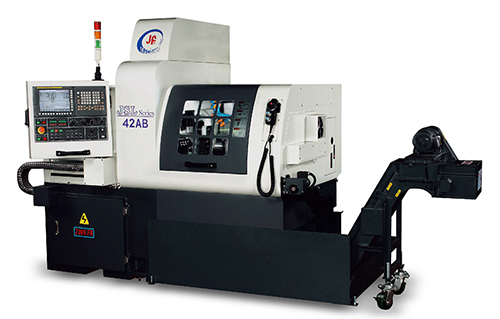
A CNC lathe is a highly precise machine used in manufacturing to shape materials like metal, plastic, or wood. It operates based on computer numerical control (CNC), which automates the process of cutting and shaping the workpiece. To understand how it works, let’s explore its key components:
Main Spindle: This part includes the spindle assembly and the drive system. The main spindle is a crucial element, consisting of motors, gears, and a chuck. The C-axis drive is integrated into this system, helping to position the material accurately during the machining process.
Guide Way: The guideway allows the cutting tool to move in multiple directions, typically horizontally and vertically, ensuring precise and smooth cutting operations.
Chuck: This is the component that holds the workpiece securely while the machine operates. The chuck is connected to the main spindle, which rotates both the chuck and the part being machined.
Headstock: The headstock houses the main motor and supports the main spindle. The chuck is mounted here, and it is essential for ensuring the stability and movement of the workpiece during machining.

In terms of operation, a CNC lathe follows these steps: The CNC controller receives input from a computer and translates these commands into electrical signals. These signals activate the relevant motors and drive systems, initiating the machining process. This allows the lathe to cut or shape the material with great accuracy.
This streamlined operation makes CNC lathes essential in industries requiring high-precision machining.